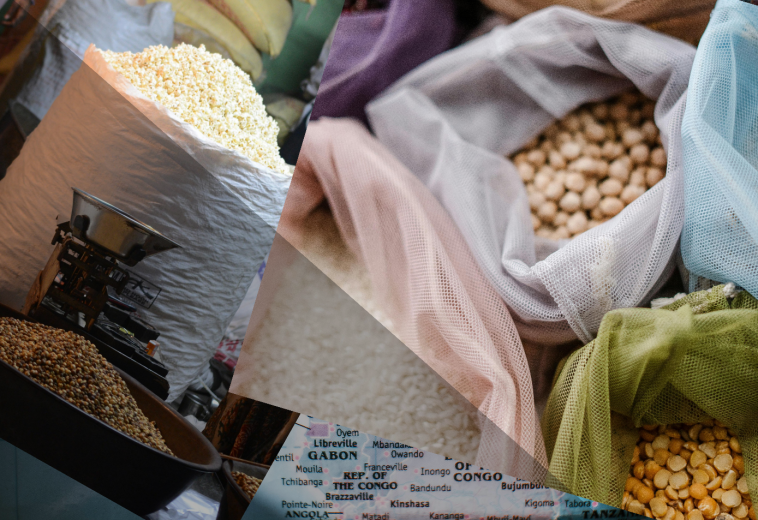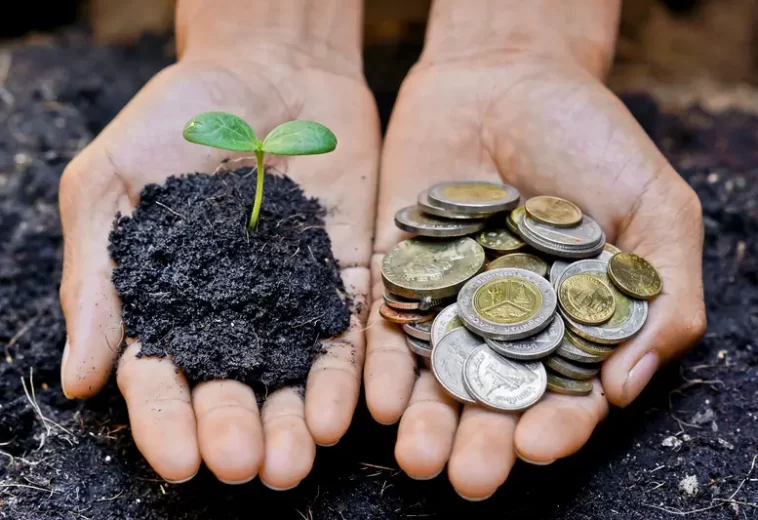The economic ties between Africa and Europe are multifaceted. While often portrayed as a one-way street of aid and resources flowing from Europe to Africa, the reality is different. Africa plays a significant role in supporting European currencies and economies, particularly in some former colonies.
Currency Pegs
Many African countries hold foreign exchange reserves, which they use to support their currencies. This stability helps to maintain confidence in the value of European currencies. According to a local news source, Fourteen African nations, primarily former French colonies in West and Central Africa, use the CFA franc, which is pegged to the euro. This system offers these countries currency stability, backed by the strength of the eurozone.
However, it can also limit their ability to set independent monetary policies. The euro and Japanese yen have seen significant declines against the US dollar in June, due to political turmoil in the EU and the Bank of Japan’s (BOJ) policy stance. The US dollar has strengthened against all other G-10 currencies, with the euro and yen being the weakest among them. The euro’s exchange rate against the US dollar fell to a low of 1.067 in June, its lowest level since May 2024. The Japanese yen has weakened dramatically, hitting its lowest level against the US dollar in 38 years, with a rate of 160 yen per dollar. The yen has also weakened against the euro, reaching an unprecedented level of 171.80 yen per euro.
This decline is attributed to the BOJ’s dilemma in its policy stance, which has caused investors to lose confidence in the currency. However, African countries holding significant foreign exchange reserves provide a boost to European currencies by supporting them with their reserves and maintaining confidence in their value.
Trade Ties
According to Eurostat, from 2008 – 2018 EU-28, international trade in goods between the European Union (EU) and Africa grew. The EU accounted for 36% of exports and 33% of imports; trade between African nations accounted for 15% of exports and 16% of imports. The United States (7%), China (9%), India (5%), and the United Arab Emirates (3%), followed in order of importance for exports. China (13%) was also the third-largest partner for imports, with the United States (5%), India (5%), and the United Arab Emirates (3%).
In 2020, Africa’s share of global trade increased by 10% to reach $1.5 trillion, with Europe being one of its largest trading partners. The European Union (EU) is the largest investor in Africa, with investments worth over $300 billion in 2019.
One of the primary ways Africa supports European economies is through commodity exports. Many African countries are rich in natural resources such as oil, gas, gold, and diamonds, which are essential for Europe’s manufacturing and energy needs.
Africa produces over 10% of the world’s oil and gas reserves, with Nigeria, Angola, and Libya being major suppliers to Europe. Statista asserts that, as of 2023, Nigeria was Africa’s top oil producer. Approximately 74 million metric tons of oil were produced in the nation. Following with outputs above 55 million metric tons apiece were Algeria, Libya, and Angola. The total amount of oil produced in Africa that year including shale oil, oil sands, crude oil, and NGLs was 341.5 million metric tons, which was 2.4% more than in 2022.
According to Metals Focus’ latest estimate, global gold production in 2022 was 3,628t. West African nations such as Ghana, Mali, and Burkina Faso have grown in importance. Gold production in Africa has increased by 20% over the past decade, with countries like South Africa and Ghana being significant suppliers to the global market.
Among African nations, the Democratic Republic of the Congo accounted for the greatest portion of the world’s industrial diamond output as of 2022. About 19.08 percent of the output was produced in the nation. With roughly 16.9 percent and 12.5 percent, respectively, Botswana and South Africa came next. In that particular year, over half of the world’s industrial diamond production came from Africa, according to Statista.
Remittances
African migrants in Europe send billions of dollars back home each year. World Bank data shows that remittance flows from high-income countries to Sub-Saharan Africa reached $48 billion in 2021. These remittances are a crucial source of income for many African families and contribute significantly to African economies.
READ ALSO: Showcasing Lesotho’s Hidden Gem
It’s important to note that this economic relationship is not without its critics. Some argue that the current system perpetuates a neocolonial dynamic, where Africa remains a source of cheap resources for Europe. Additionally, the currency peg can limit African countries’ ability to set independent monetary policies.
Africa may not be as economically prominent as other regions, but it plays a vital role in supporting European currencies and economies. From commodity exports to foreign exchange reserves and growing consumer markets, Africa’s contribution to the global economy should not be underestimated. As Europe looks to reboot its economic growth strategy, partnership with Africa is important.


